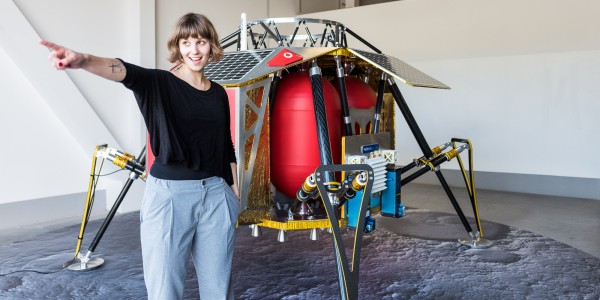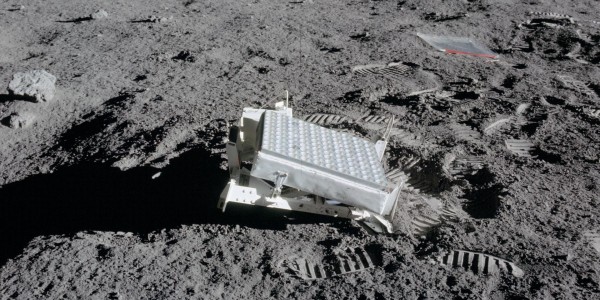Standing on the moon on July 21, 1969, Buzz Aldrin (Edwin Eugene Aldrin, Jr.) felt as if he were on top of a colossal ball: The horizon appeared to be curving away from him only a few kilometers away. He wasn’t afraid, but he did worry that he wouldn’t be able to complete all the planned experiments on time. Aldrin and Neil Armstrong had a lot to do in just over two hours on the surface of the moon: set up a laser reflector, collect kilograms of rock samples, take photos, and perform seismic and solar wind investigations.
Dr. Rendezvous
Among the three Apollo 11 astronauts, Aldrin was the academic one. The 39-year-old was so obsessed with details that he was sometimes called “egghead” at NASA or—in reference to his doctoral dissertation—Dr. Rendezvous, which sounds nicer than it was meant.
Buzz Aldrin learned to overcome obstacles from an early age. His father, himself an officer, urged him to attend the Naval Academy. But the son wanted to enroll at the Military Academy at West Point. This was partly because he was impressed by his sister’s boyfriend, a West Point cadet who was pictured on the cover of LIFE magazine. That sister also gave him his nickname, Buzz, which he later adopted as his legal name, when she kept calling him “buzzer” instead of “brother.”
After graduating from West Point, Aldrin joined the Air Force in 1951 and became a fighter pilot, flying 66 combat missions in the Korean War, which he barely survived. Several years later he served as a flight commander at US bases in Germany. Aldrin patrolled the border with the Eastern Block, preparing for a nuclearized World War III.






